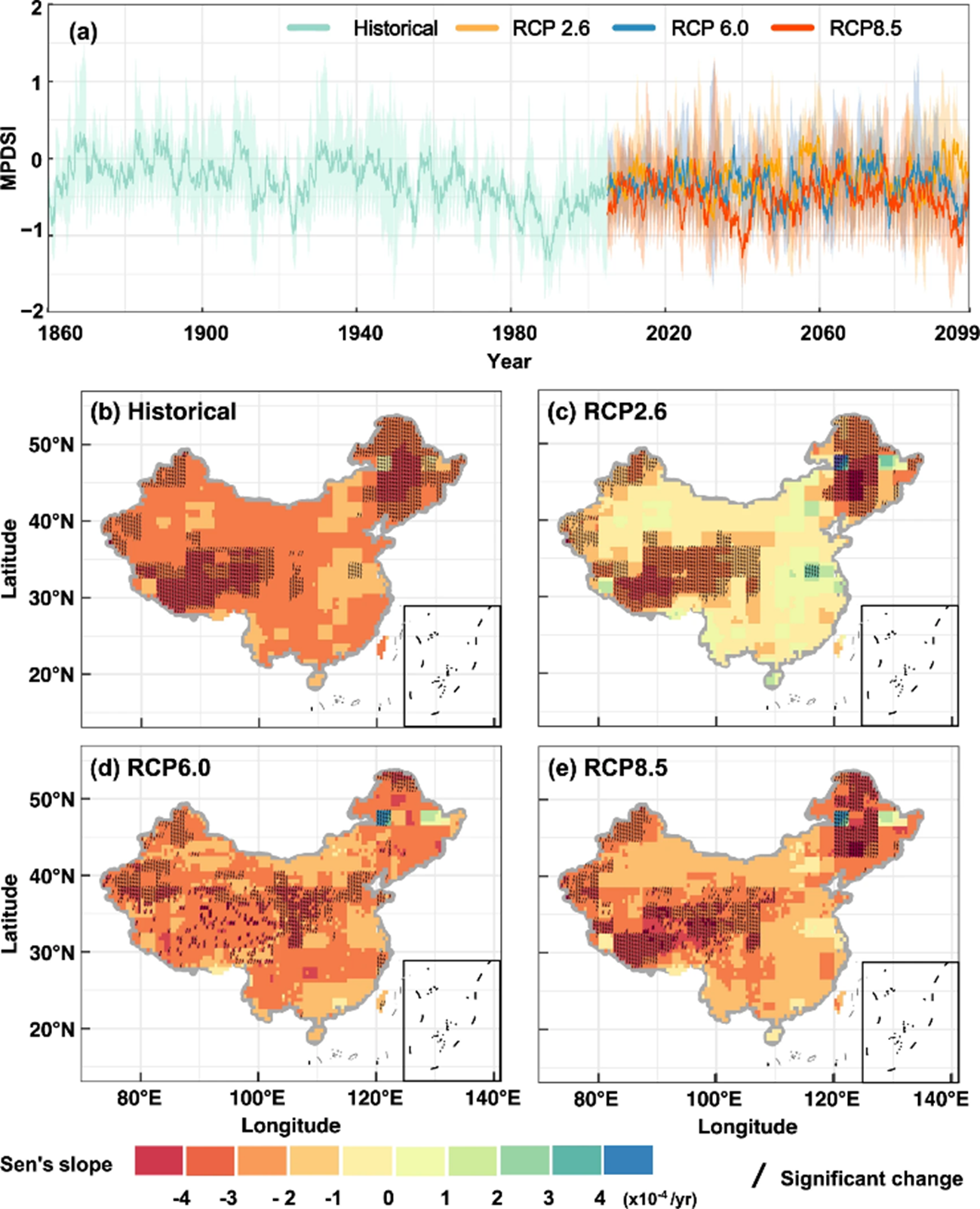May 23, 2023 | NPJ CLIMATE AND ATMOSPHERIC SCIENCE
In this study conducted by the University of Chinese Academy of Sciences, Hong Kong Baptist University, and other international institutions, researchers aimed to understand the impact of irrigation on food security during droughts under future climate conditions with different emission scenarios. Food security is a crucial goal in the UN Sustainable Development Goals, and China, being the most populous developing country, faces significant challenges in this area.
Using the modified Palmer Drought Severity Index, the team assessed the severity of droughts and analyzed the resulting wheat yield losses in both irrigated and non-irrigated agriculture across China. They employed three methods, including Multiple Linear Regression, Deep Learning algorithms, and the Erosion-Productivity Impact Calculator model. The results indicated that droughts are projected to become more severe in the future, with expected wheat yield losses ranging from 32% to 49% under the high-emission RCP8.5 scenario.
Interestingly, the study revealed that irrigation could effectively reduce drought-induced crop-yield losses under the moderate-emission RCP2.6 and RCP6.0 scenarios. However, in the high-emission scenario, RCP8.5, the effectiveness of irrigation in enhancing food security was found to be limited. These findings underscore the importance of mitigating climate change to ensure future food security and prompt a reassessment of the role of irrigation in a warming climate.






